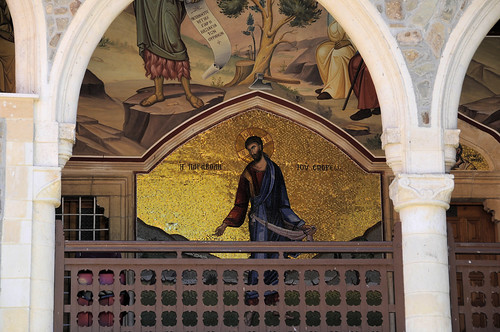A couple of hours’ drive inland from the coast of south-western Cyprus the Troodos mountains rise to reveal some of southern Europe’s most dramatic landscapes. Located within the mountains are a series of Byzantine churches and monasteries that reveal an insight into one of Cyprus’s many historic influences and one which has left an enduring religious and cultural mark on the occupants of the island even today.
The Byzantine empire rolled into Cyprus in 965 and in the following centuries the distinctive architectural style of the Byzantines led to the construction of a number of stunning religious buildings. The churches and monasteries were typically decorated with intricate murals and frescoes, many of which have withstood the test of time and are now very carefully preserved.
In the post-Byzantine period (15th century onwards) the influence of Constantinople came to bear on the designs and decorations of the churches, and this is found in the churches and monasteries constructed during that time.
In 1985 nine of the churches along with the St John Lampadistis Monastery were awarded UNESCO World Heritage Status. These remarkable historic monuments are now a highlight for a journey into the interior of Cyprus. Some visitors to Cyprus choose to base themselves in the mountains and stay in accommodation in the Troodos Mountains.
While those staying in the mountains can have the luxury of taking their time to enjoy the scattered sites at their leisure, those taking a day trip from the coast should choose two or three of the painted churches to visit – more than this will be a tough and tiring day. Whichever way you choose to visit these special places, they are sure to become one of the highlights of your Cyprus holiday.






